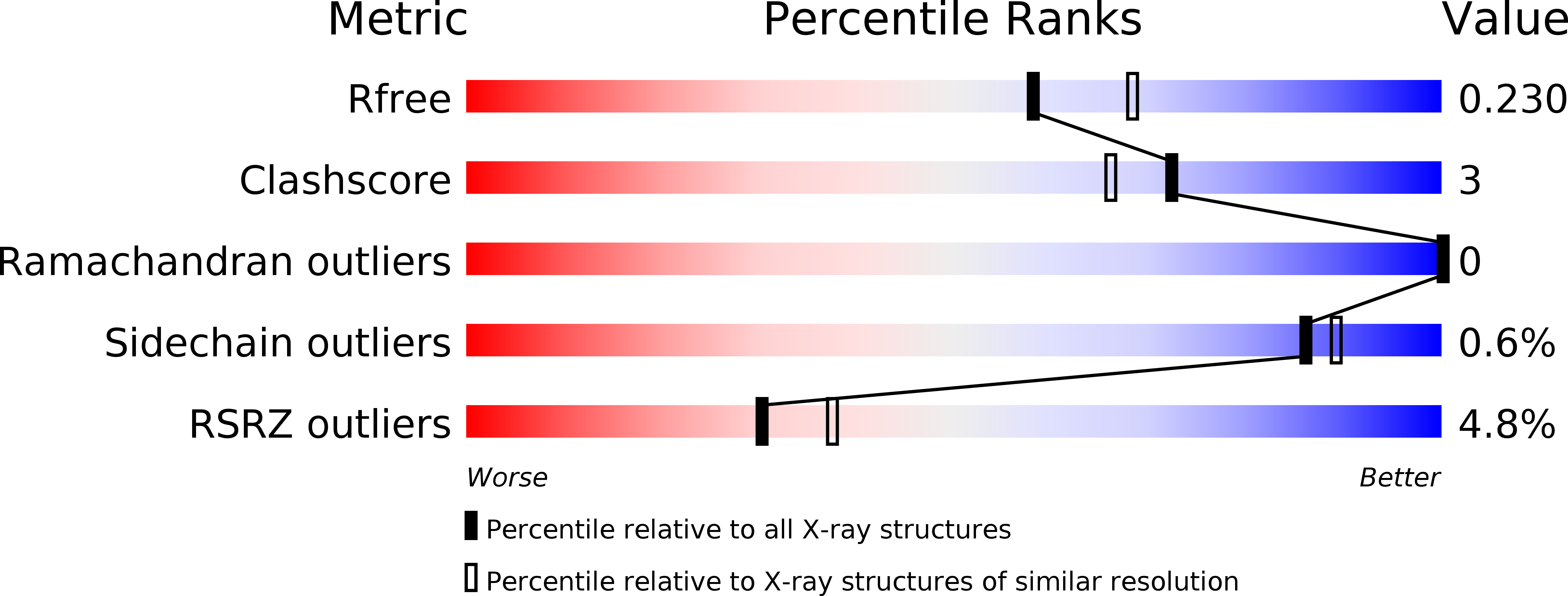
Deposition Date
2013-05-09
Release Date
2013-06-26
Last Version Date
2024-10-16
Entry Detail
PDB ID:
4KNC
Keywords:
Title:
Structural and functional characterization of Pseudomonas aeruginosa AlgX
Biological Source:
Source Organism:
Pseudomonas aeruginosa (Taxon ID: 208964)
Host Organism:
Method Details:
Experimental Method:
Resolution:
2.14 Å
R-Value Free:
0.23
R-Value Work:
0.17
R-Value Observed:
0.17
Space Group:
P 21 21 2


